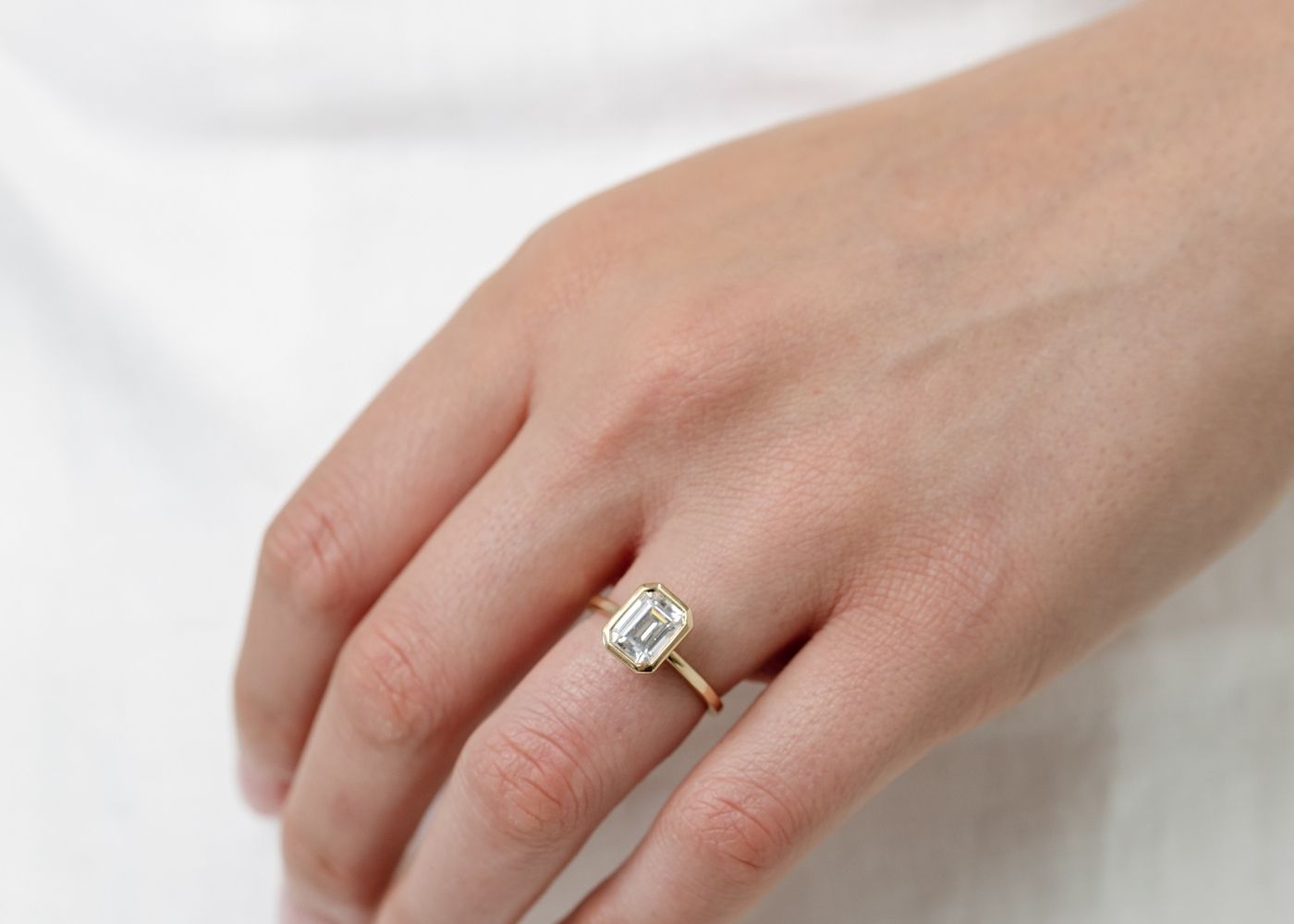Casting
History and Types of Casting
- Metal casting has been used throughout history to make tools, weapons, and religious objects.
- Metal casting originated in Southern Asia, specifically in China, India, and Pakistan.
- Southern Asia traditions and religions heavily relied on statue and relic castings made from a copper alloy laced with lead.
- The majority of castings in early civilizations were simple one to two piece molds made from stone or ceramics.
- The lost wax process, which originated in ancient Mesopotamia, allowed for more intricate designs in castings.
- Casting is a manufacturing process that involves pouring liquid metal into a mold.
- Metal casting is the most common type of casting in metalworking.
- Plaster, concrete, and plastic resin can also be cast using molds.
- Resin casting is a method used for casting plaster, concrete, or plastic resin.
- Different materials and treatments can be used to give the appearance of metal or stone in plaster or concrete castings.
Metal Casting
- Metal casting involves heating metal until it becomes liquid and pouring it into a mold.
- The mold includes the desired shape, as well as runners and risers to allow the metal to fill the mold.
- The solidified part, or casting, is recovered from the mold and excess material is removed.
- Metal casting is commonly used in the production of various metal objects and components.
- It is a versatile and widely used manufacturing process in metalworking.
Fettling
- Fettling is the process of removing irregularities and unwanted bits from raw castings.
- It involves cutting, grinding, shaving, or sanding the castings.
- Fettling can add significantly to the cost of the final product.
- Robotic processes have been developed to automate some parts of the fettling process.
- Designers of molds aim to minimize fettling through mold shape and material selection.
Casting Process Simulation
- Casting process simulation uses numerical methods to predict cast component quality.
- It considers mold filling, solidification, cooling, and mechanical properties of the casting.
- Simulation helps in designing the casting system and optimizing energy, material, and tooling usage.
- Commercial software programs are available for casting process simulation.
- It is regarded as one of the most important innovations in casting technology in the last 50 years.
Lost-Wax Casting
- Lost-wax casting has a long history dating back to ancient times.
- The early history of lost-wax casting can be traced back to South Asia.
- Adriaen de Vries, a renowned sculptor in bronze, played a significant role in the development of lost-wax casting.
- Lost-wax casting was also practiced in Bronze Age China.
- Lost-wax casting has been used to create various types of artifacts and sculptures.
- Lost-wax casting involves creating a wax model, encasing it in a mold, and then melting the wax to create a cavity.
- Different materials can be used for the mold, such as plaster or ceramic.
- The molten metal is poured into the mold and allowed to cool and solidify.
- The mold is then broken or removed to reveal the final cast object.
- Lost-wax casting allows for intricate and detailed designs to be reproduced accurately.
- Lost-wax casting is commonly used in the production of jewelry and decorative objects.
- It is also used in the creation of sculptures and artworks.
- The automotive and aerospace industries utilize lost-wax casting for the production of complex metal components.
- Dental prosthetics and medical implants can be manufactured using the lost-wax casting process.
- Archaeologists and historians rely on lost-wax casting to replicate and study ancient artifacts.
- Lost-wax casting allows for the production of highly detailed and intricate designs.
- It offers a high level of accuracy and repeatability.
- The process can accommodate a wide range of materials, including various metals and alloys.
- However, lost-wax casting can be time-consuming and labor-intensive.
- Large-scale production may require additional steps and equipment.
- Computer-aided design (CAD) and analysis have revolutionized the lost-wax casting process.
- Advanced technologies, such as 3D printing, have been integrated into the casting industry.
- Research and development efforts are focused on improving the efficiency and sustainability of the lost-wax casting process.
- New materials and alloys are being explored to expand the applications of lost-wax casting.
- Collaborations between artists, engineers, and scientists are driving innovation in the field of lost-wax casting.
Casting Data Sources
| Reference | URL |
|---|---|
| Glossary | https://harryandcojewellery.com.au/blogs/glossary/casting |
| Wikipedia | http://en.wikipedia.org/wiki/Casting |
| Wikidata | https://www.wikidata.org/wiki/Q496098 |
| Knowledge Graph | https://www.google.com/search?kgmid=/m/05h5mms |





